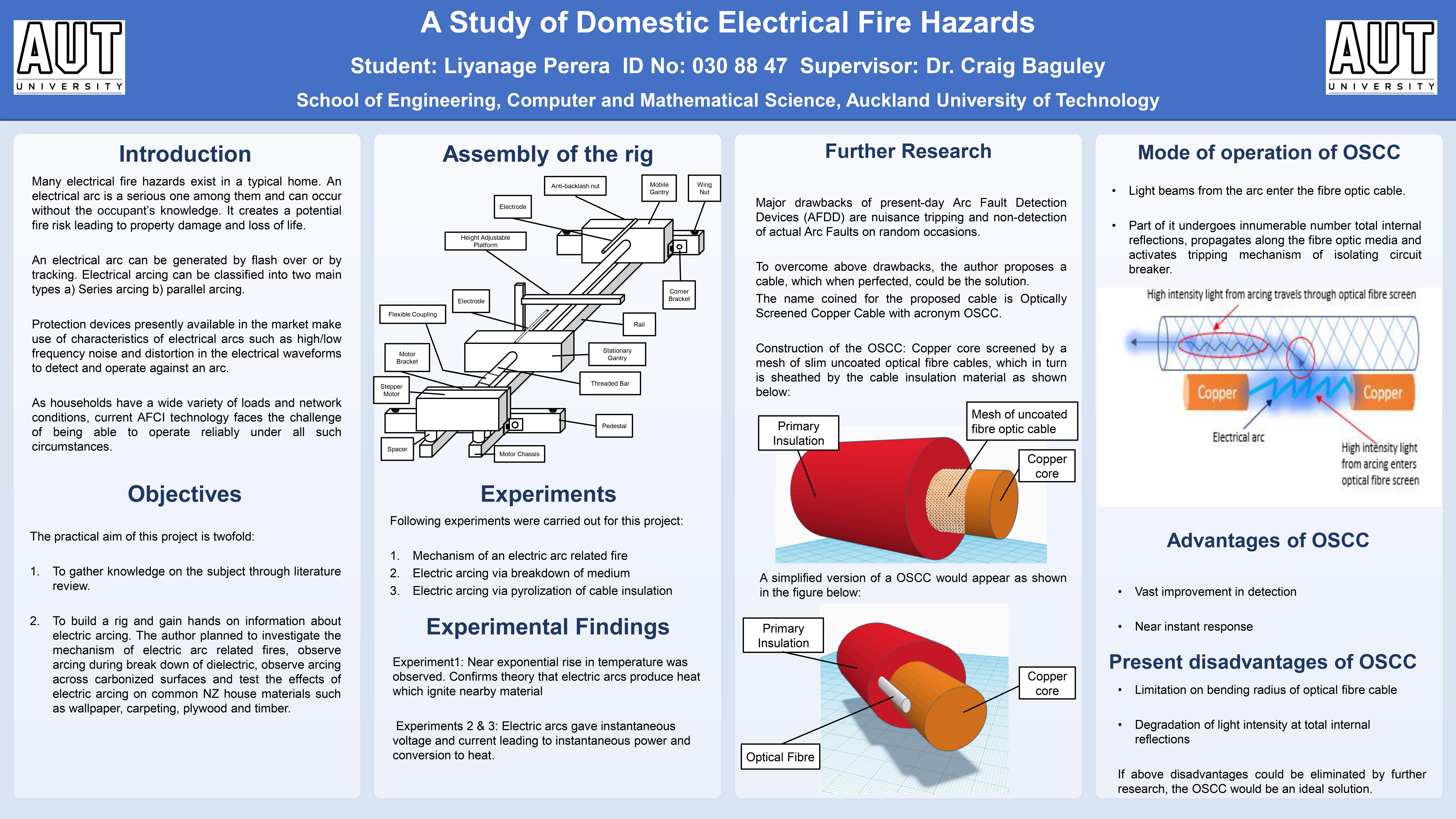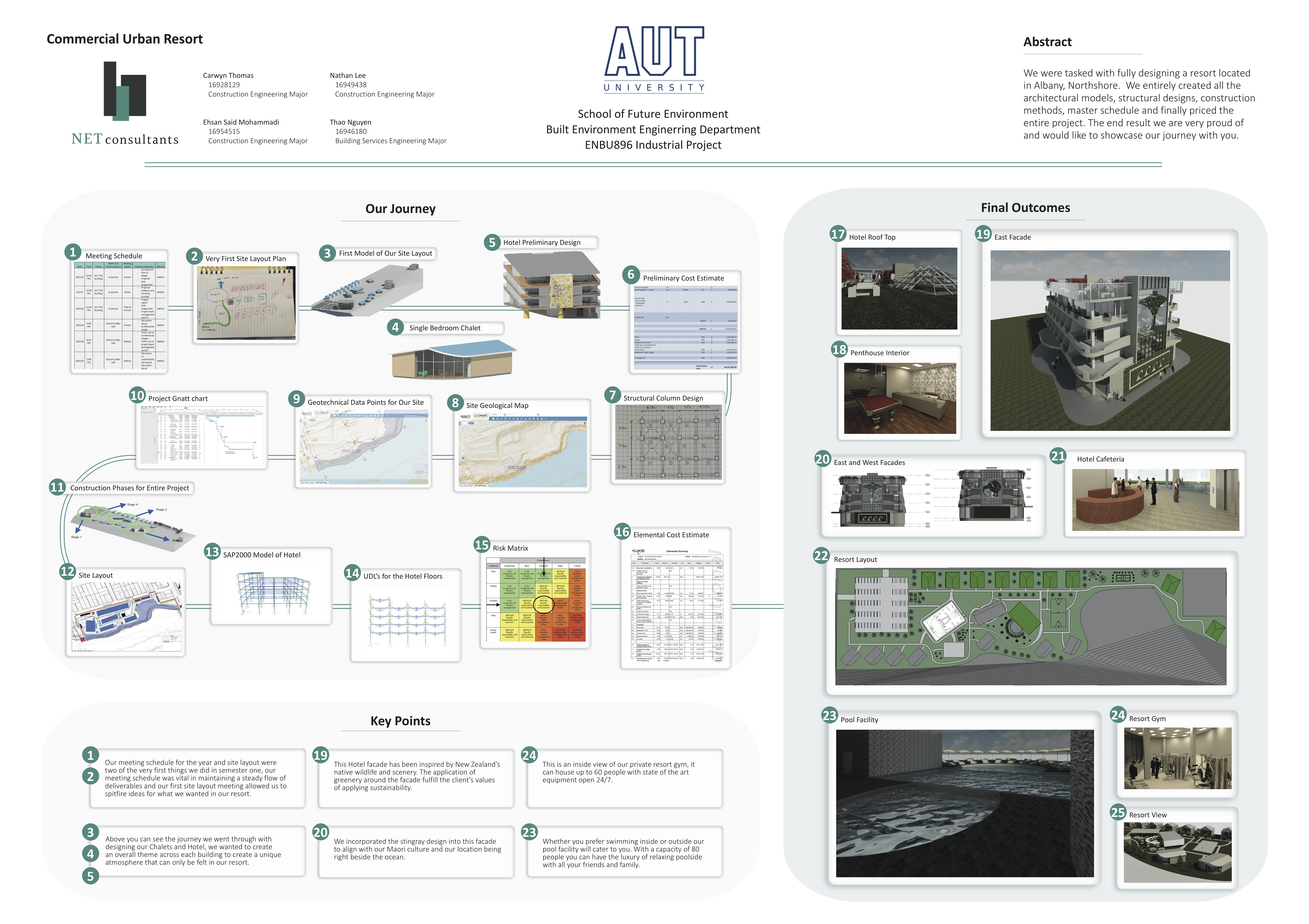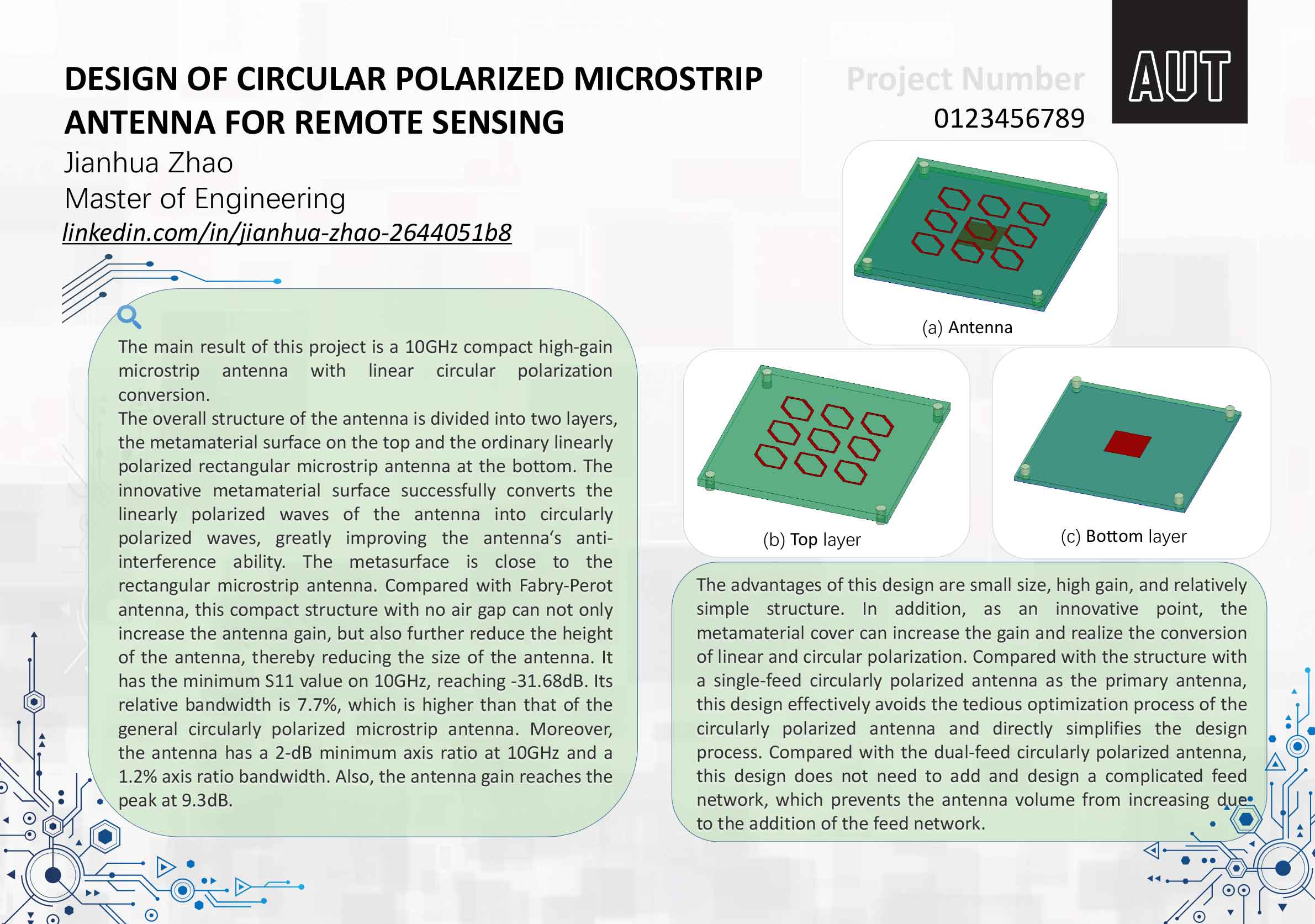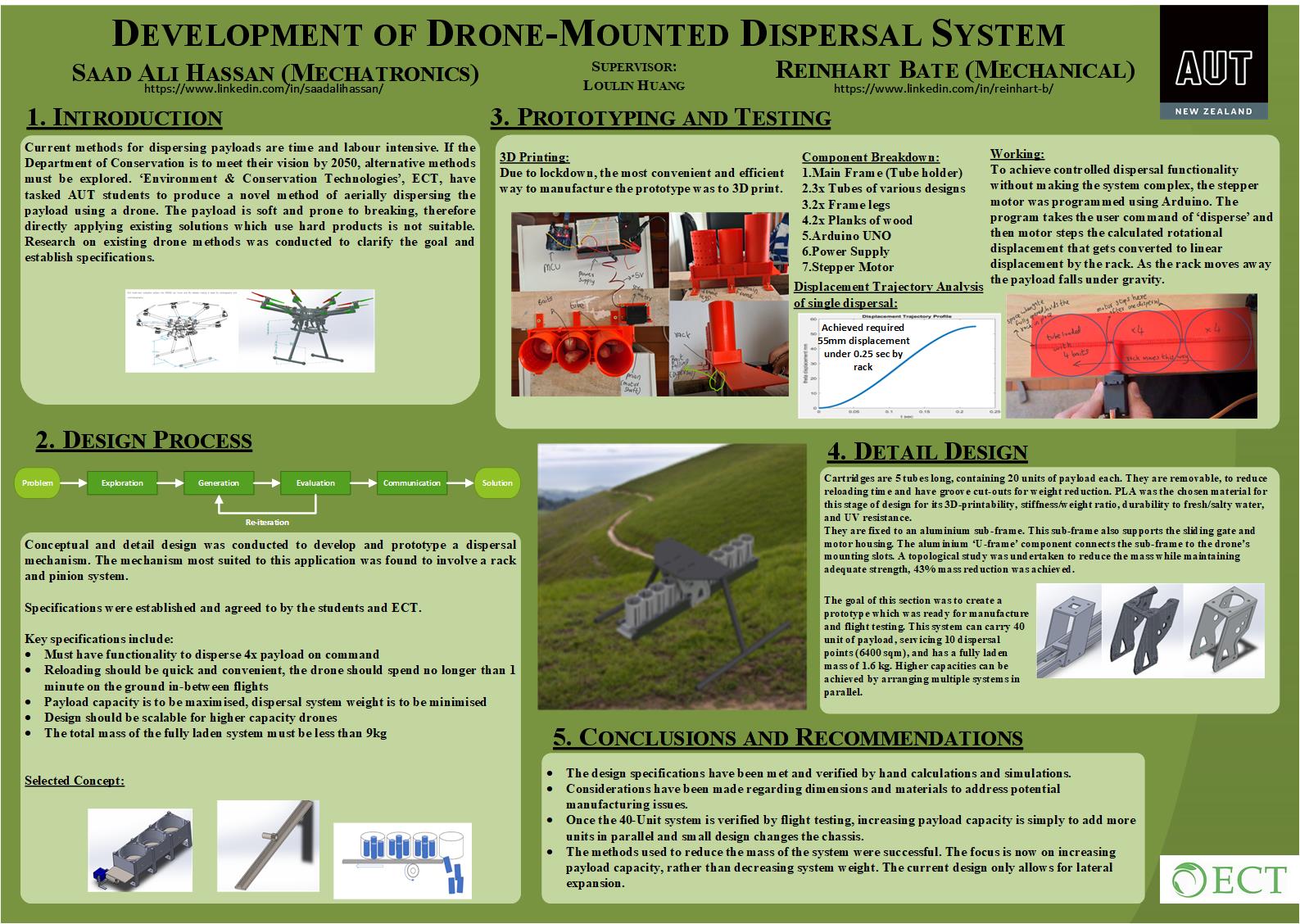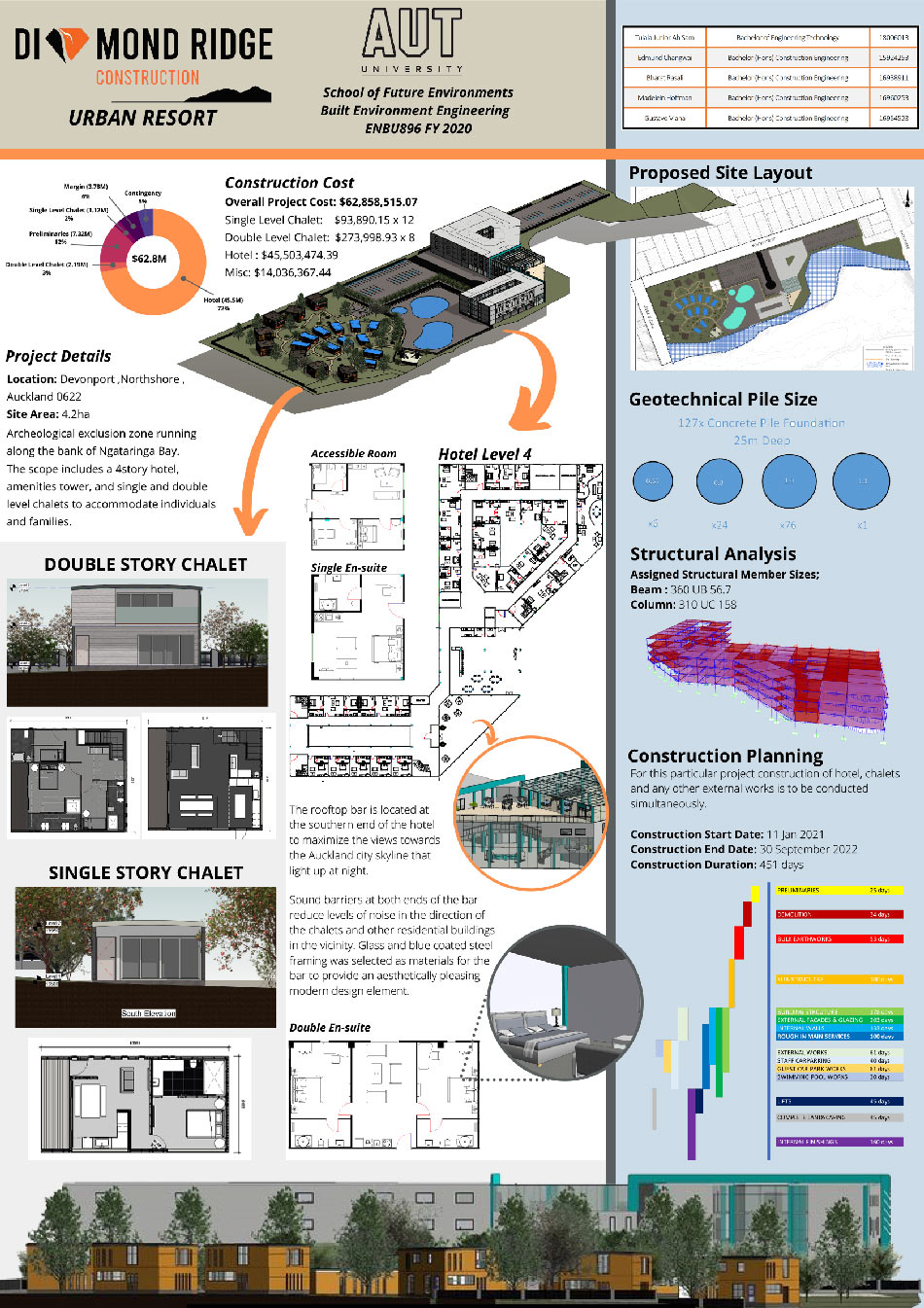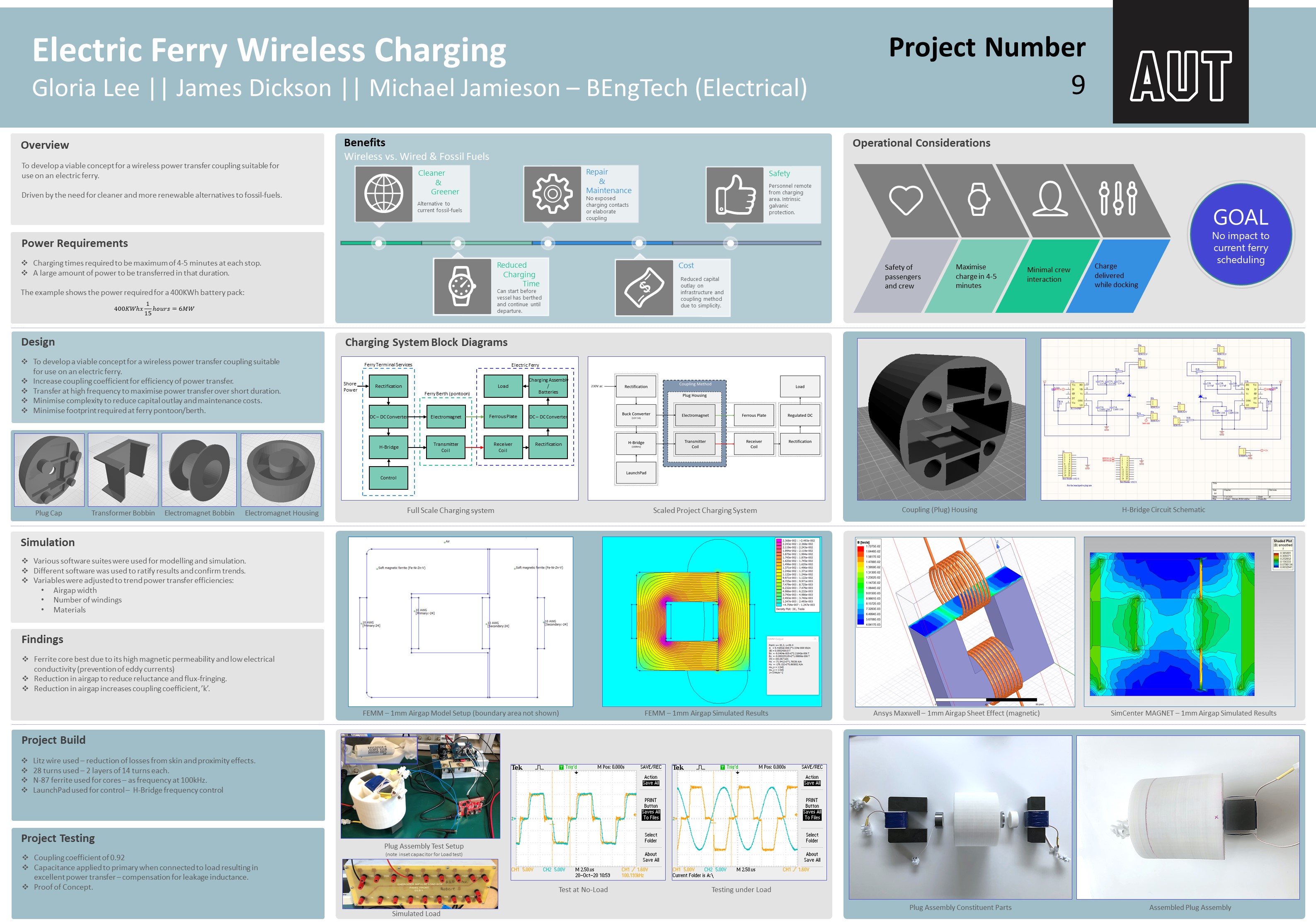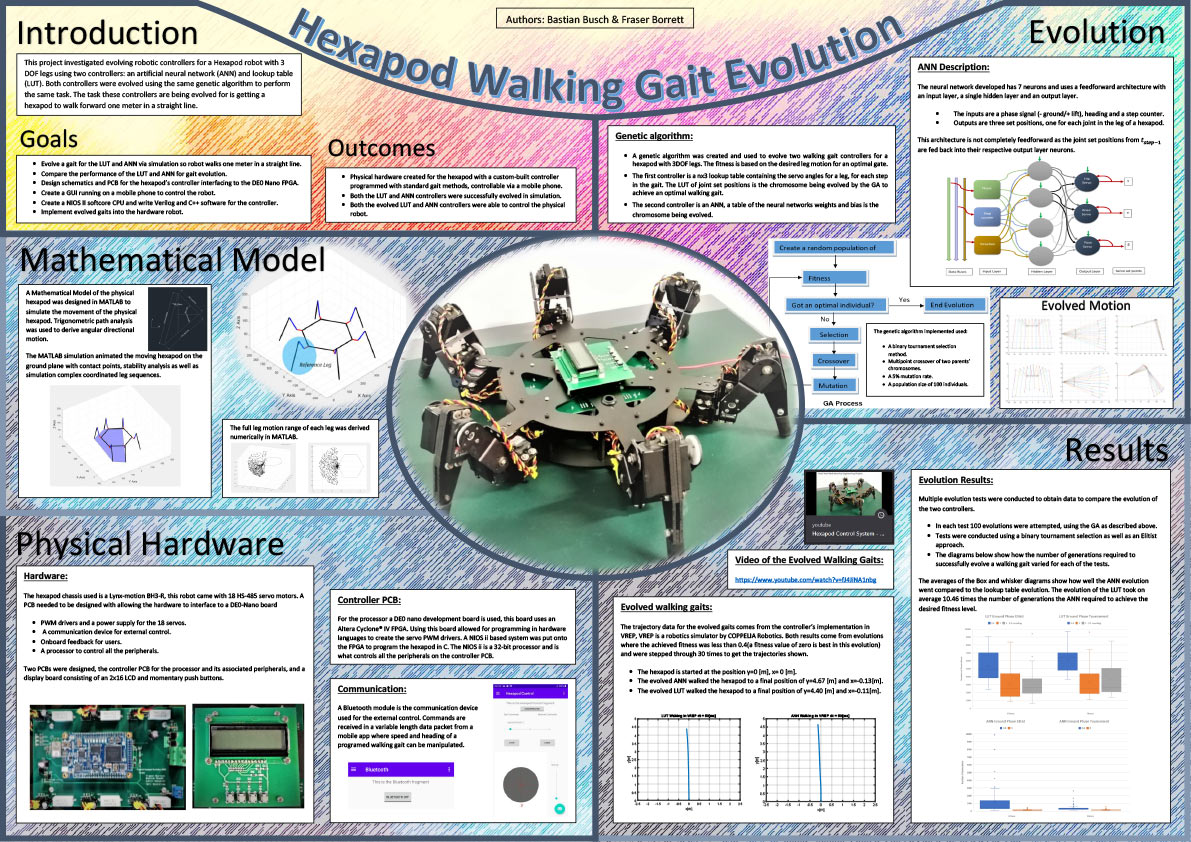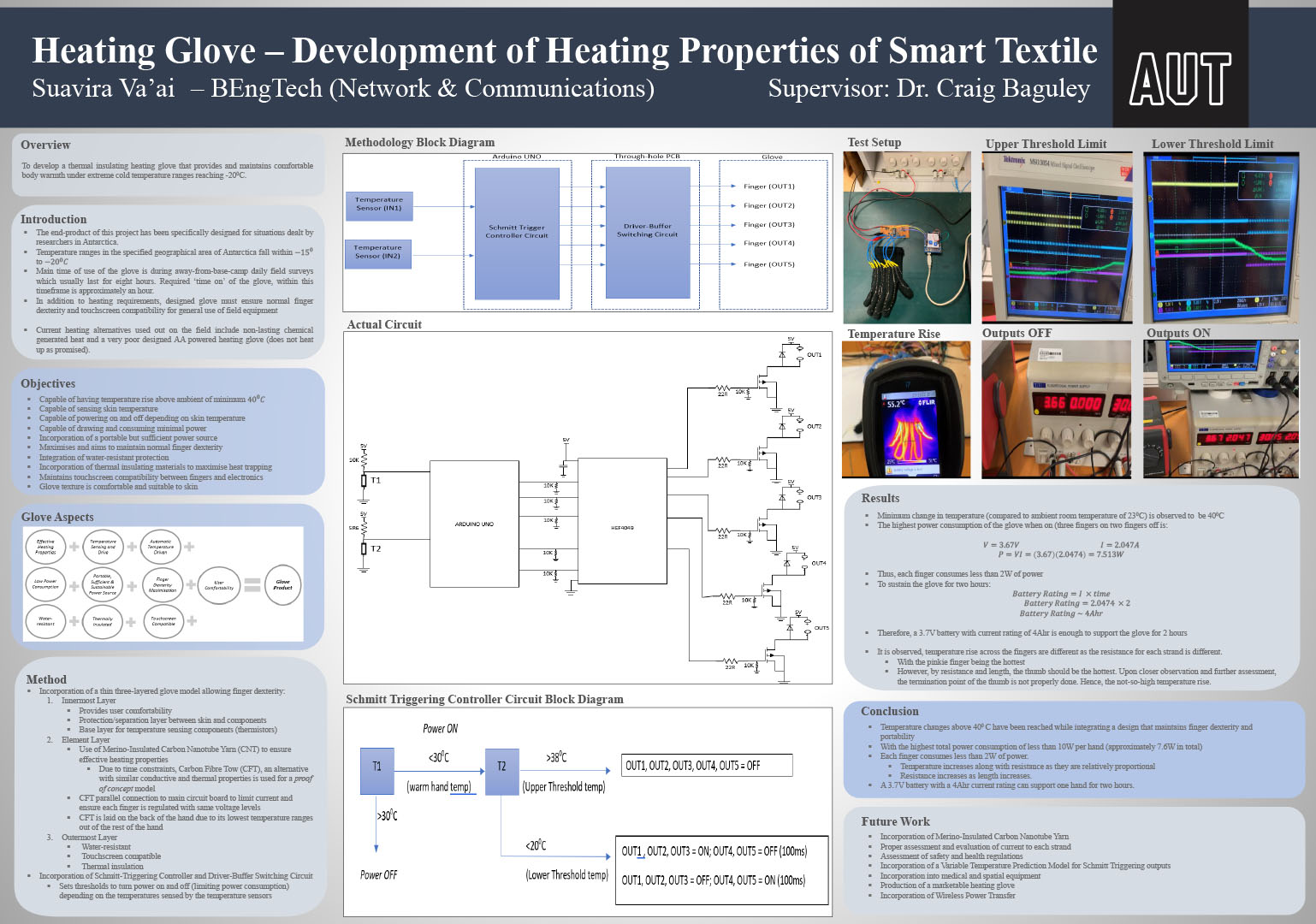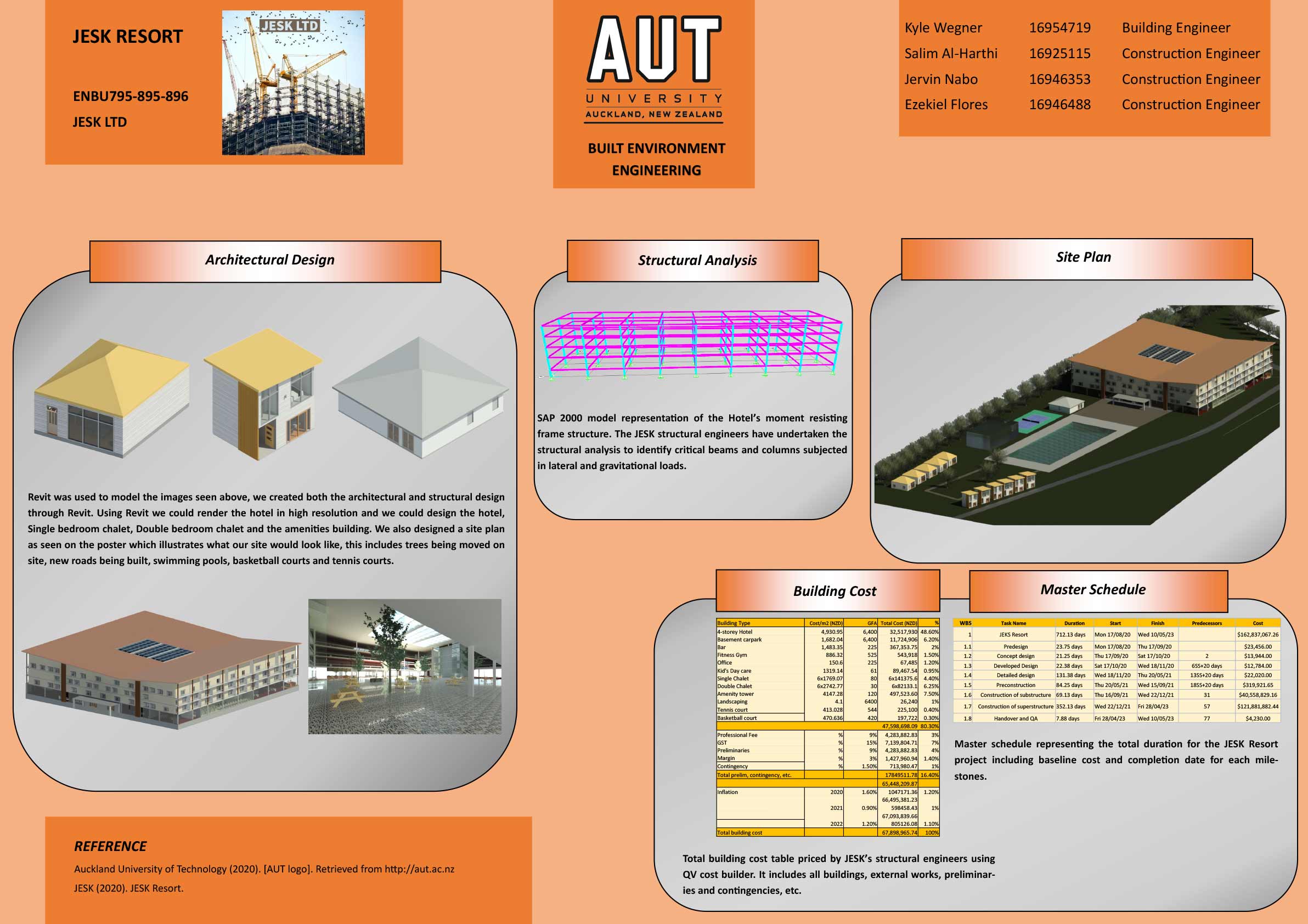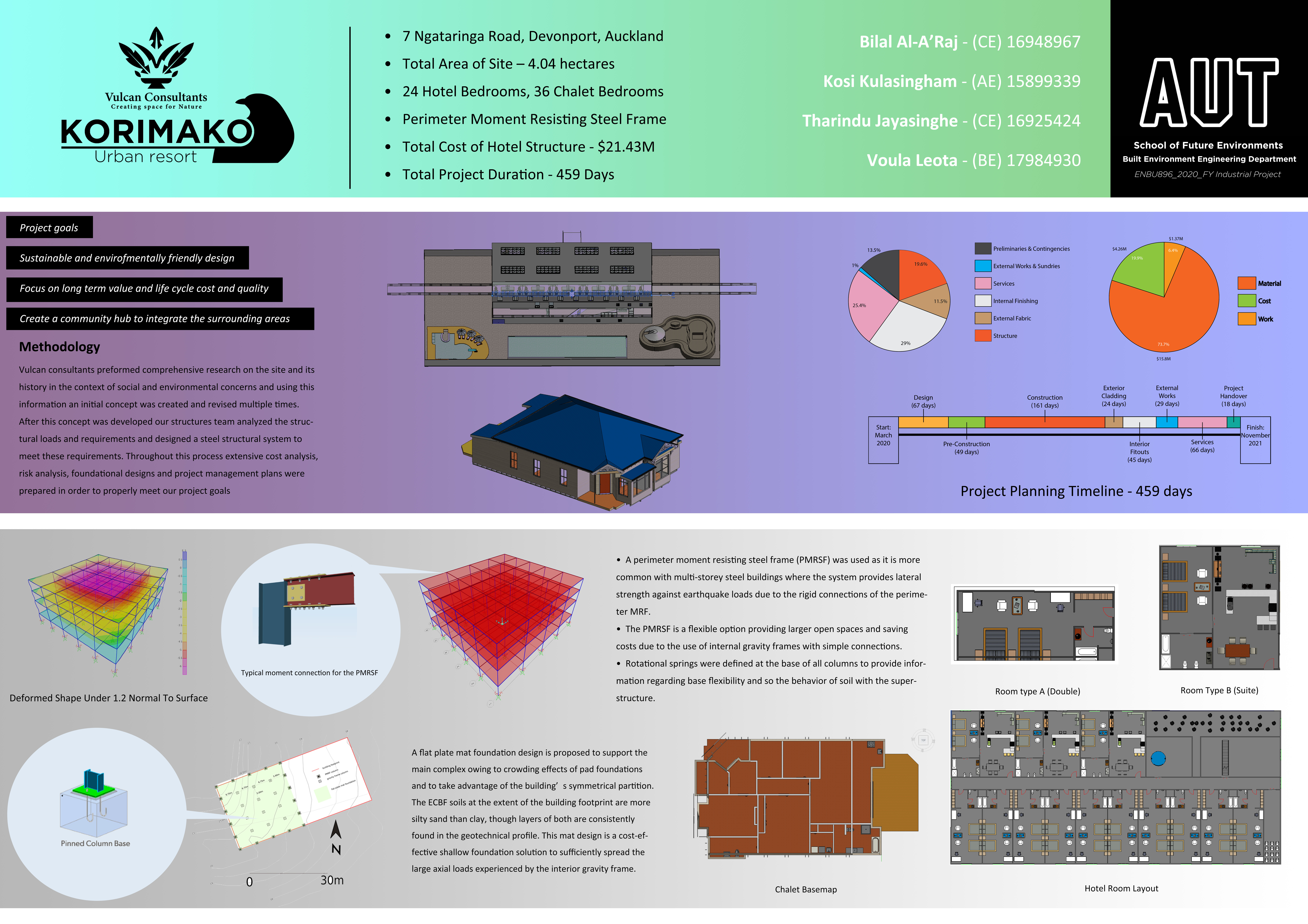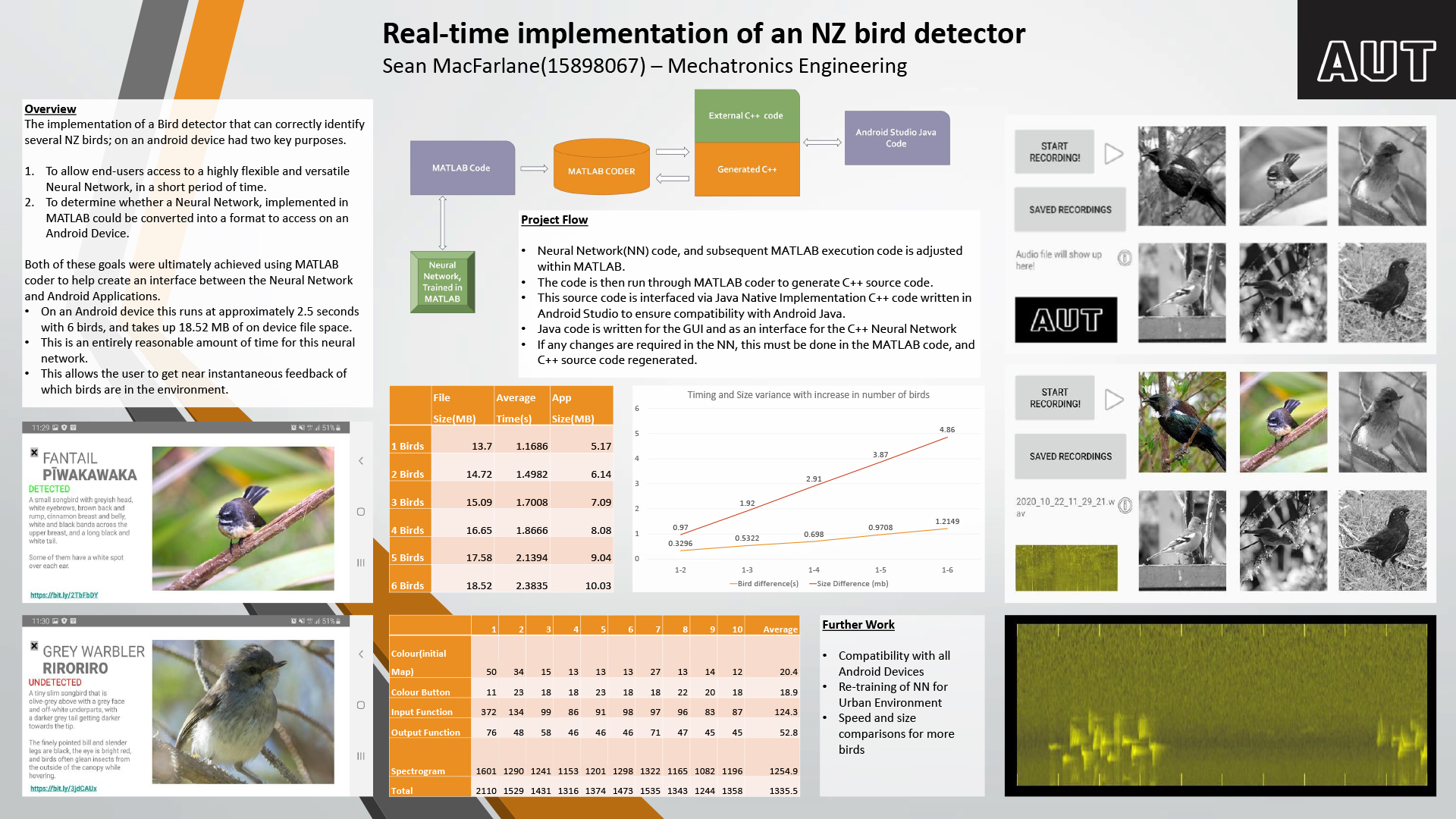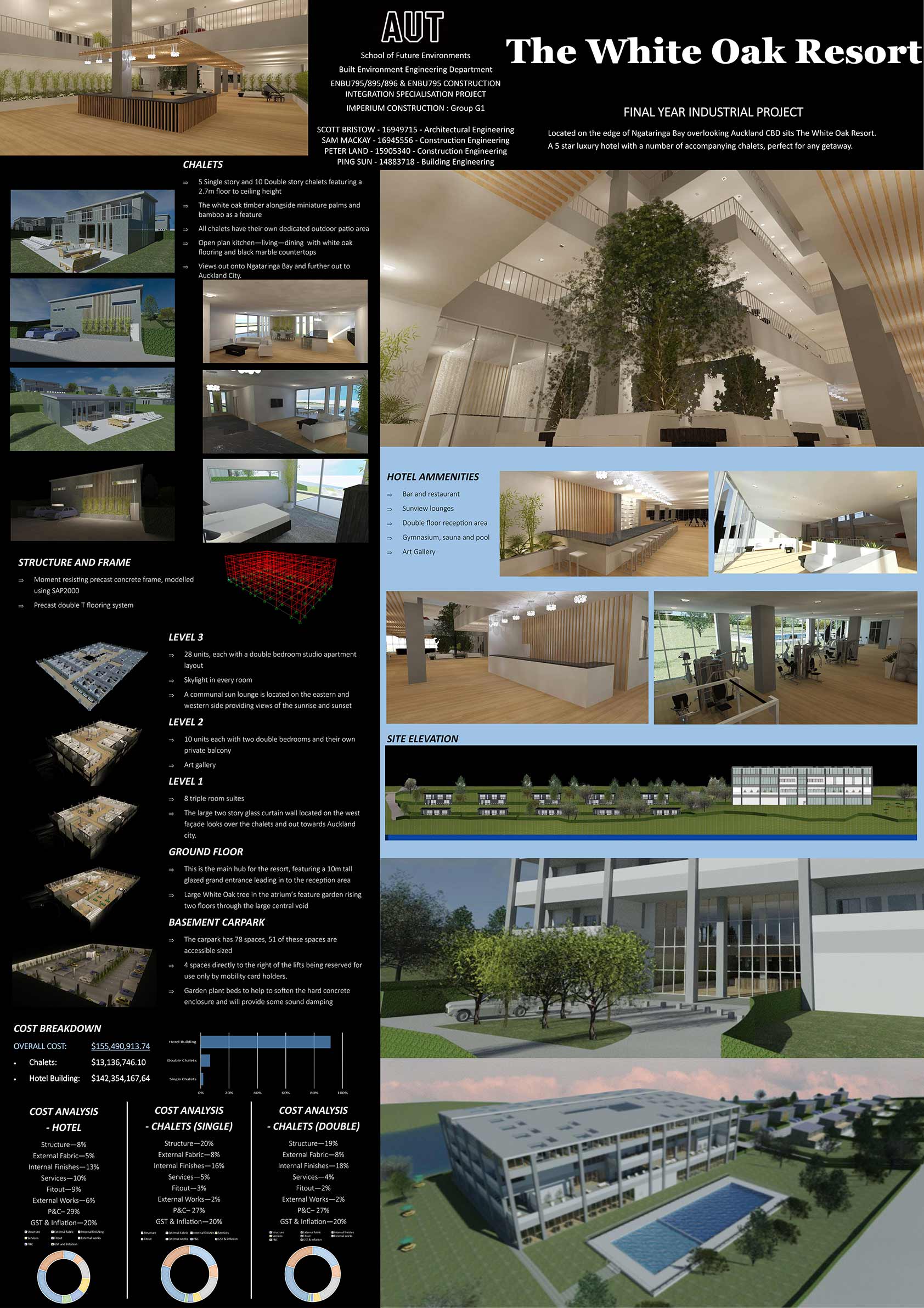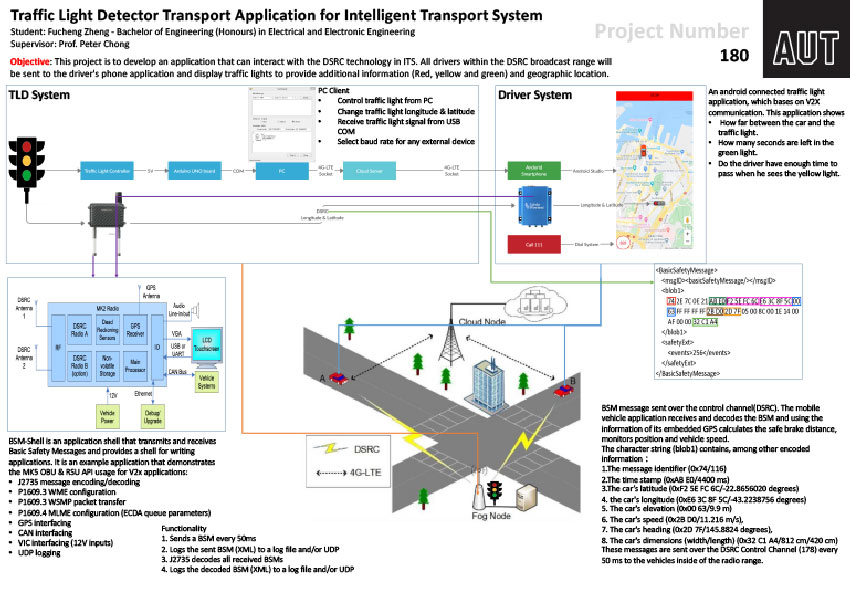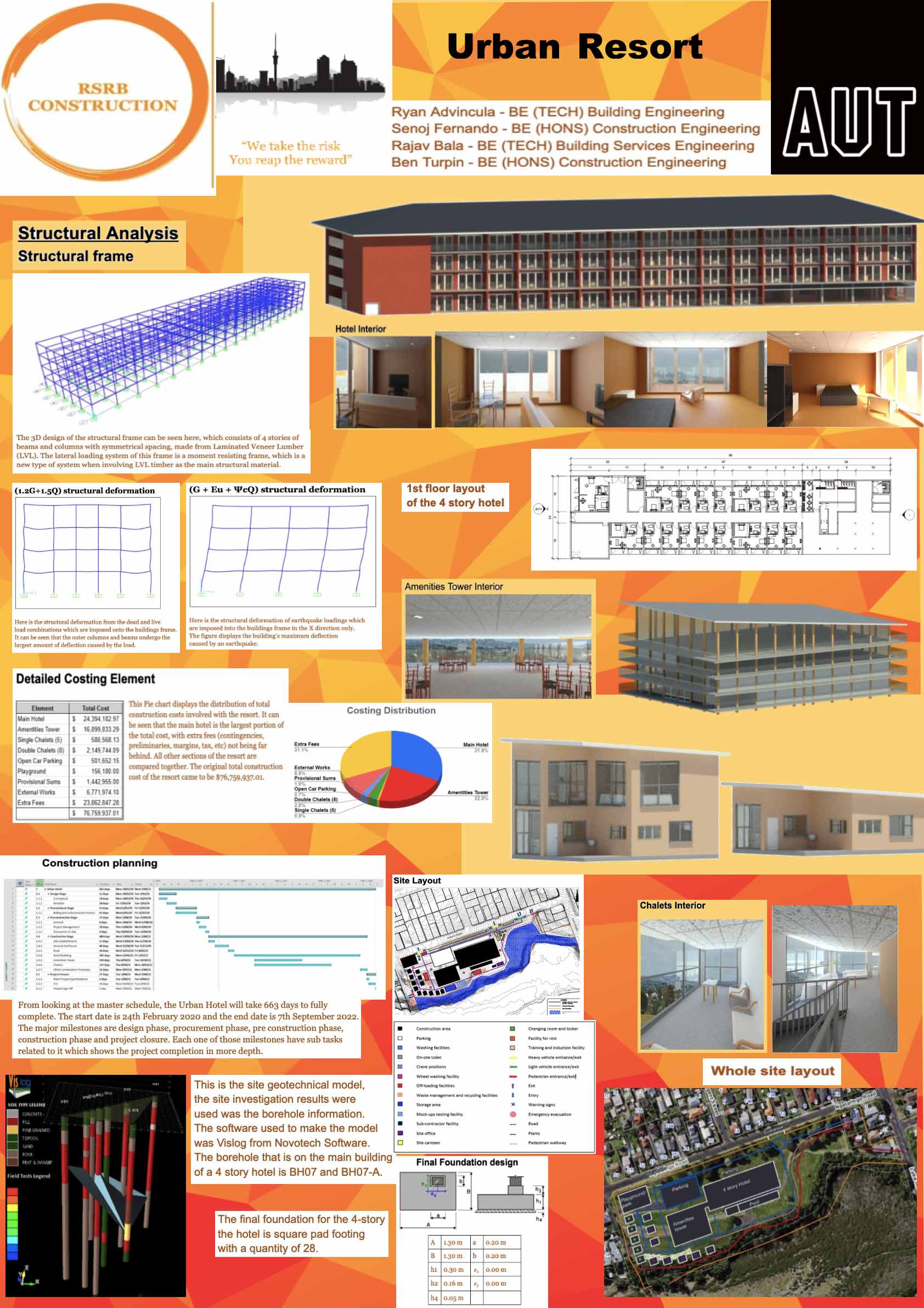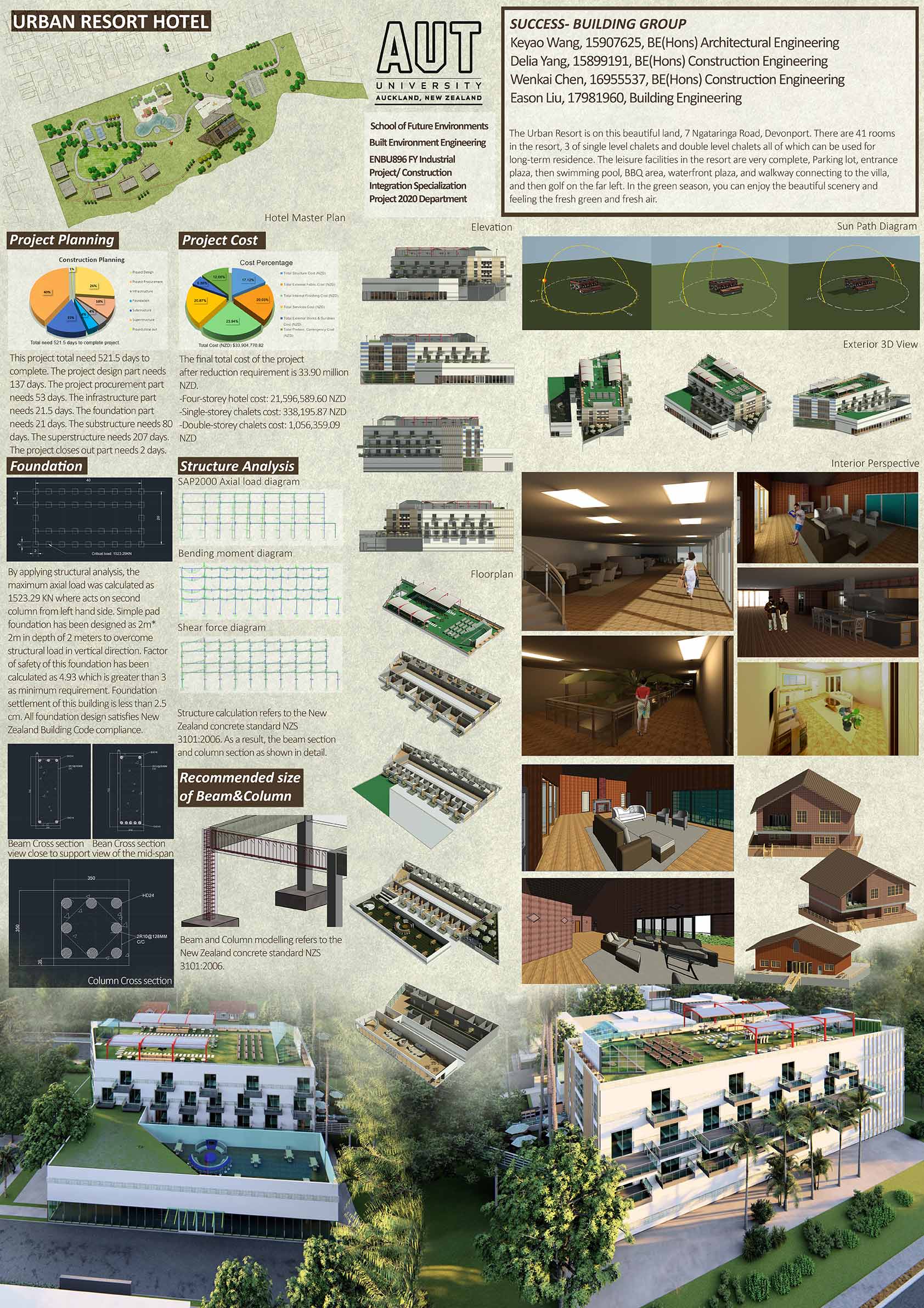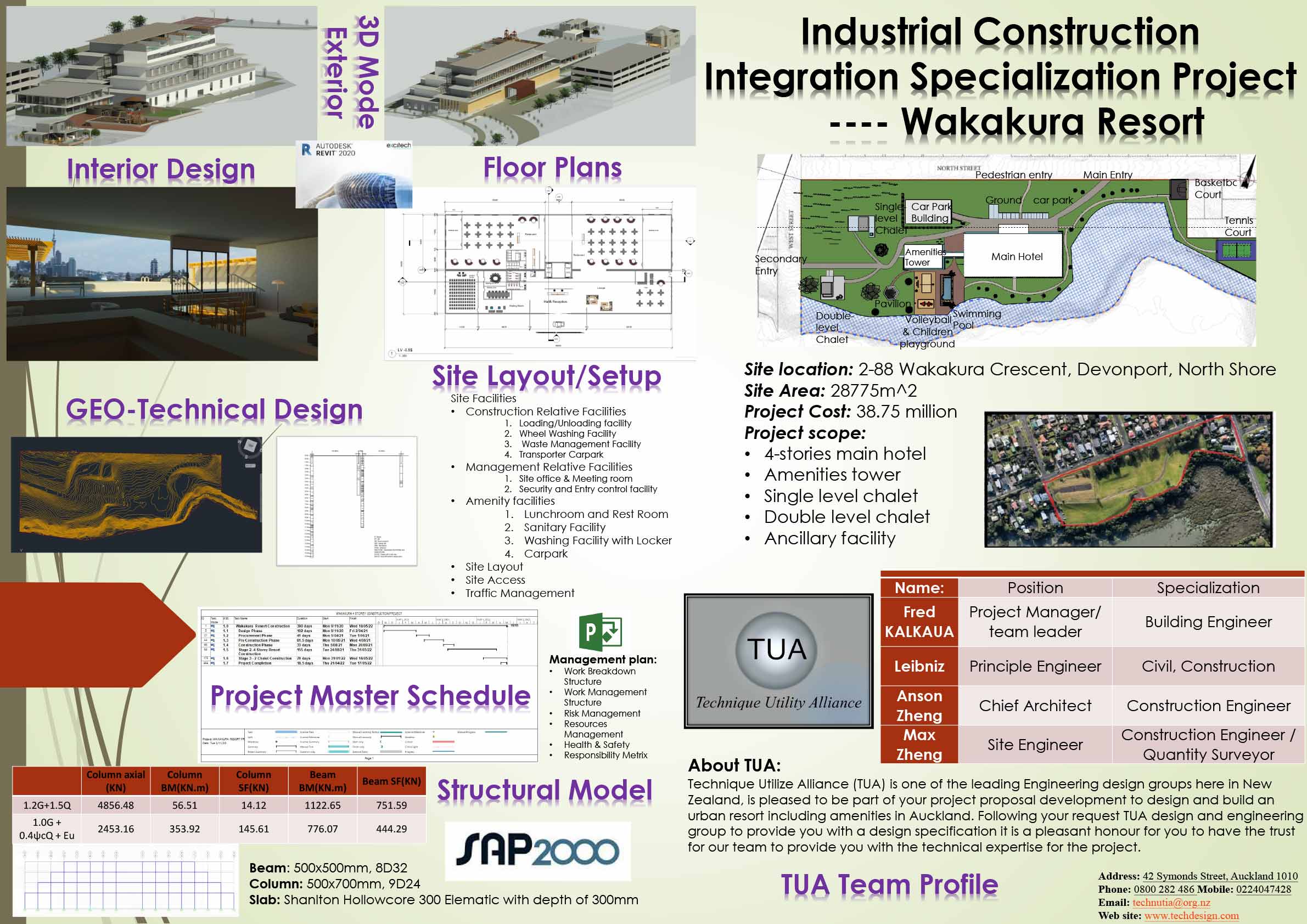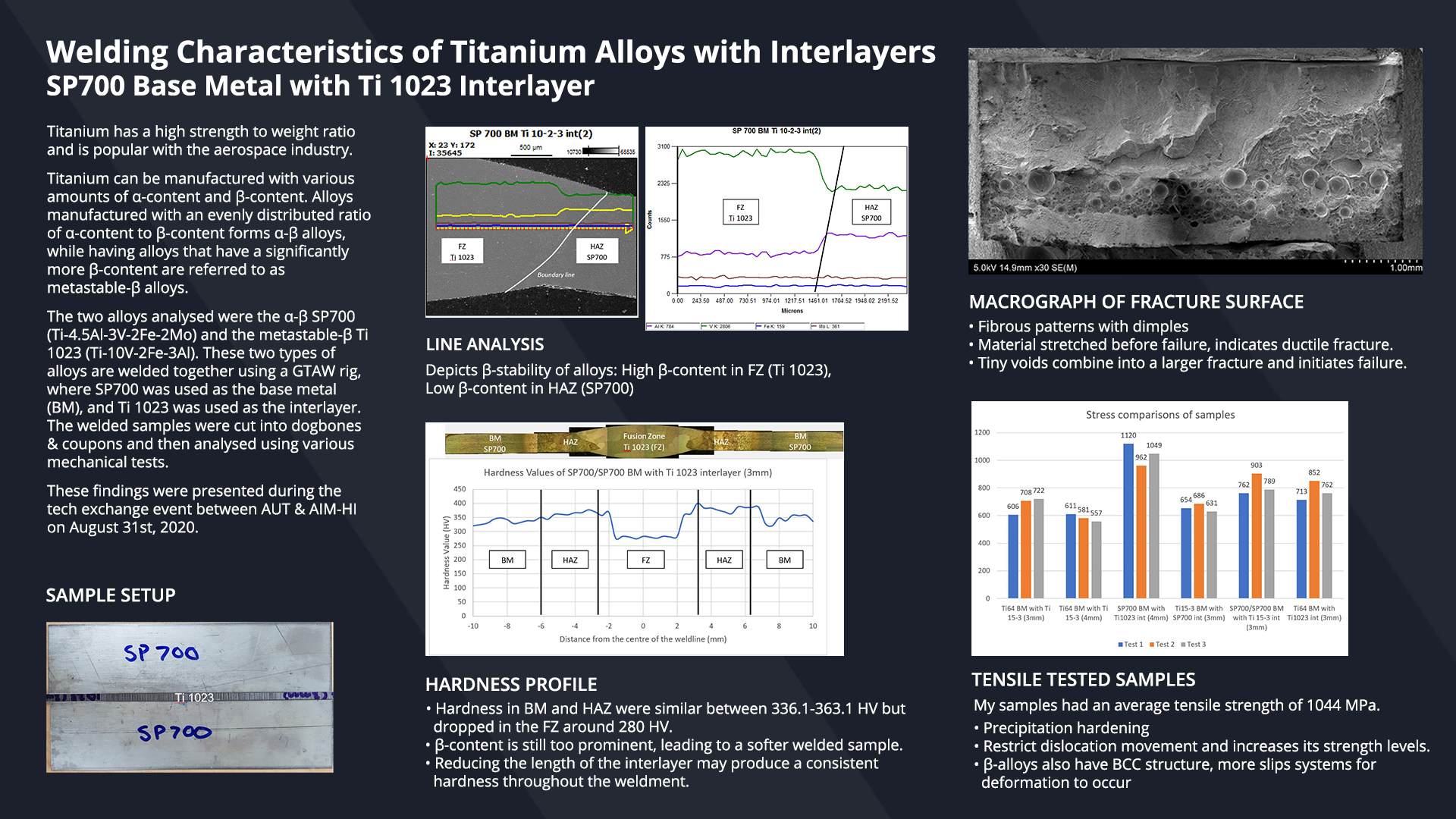Student showcase from Bachelor of Engineering Technology and Bachelor of Engineering (Honours) 2020
Bachelor of Engineering Technology and Bachelor of Engineering (Honours) students work on a final year project as part of their overall studies addressing key issues that we face today and preparing them for a wide and diverse career in engineering.
We hope you enjoy the showcase and we encourage you to connect with our students through their LinkedIn profiles.
Urban Resort Project including a 4-storey hotel, amenties and chalets.
Student(s)
- Carwyn Thomas
Bachelor of Engineering Honours - Nathan Lee
Bachelor of Engineering Honours - Ehsan Said Mohammadi
Bachelor of Engineering Honours - Thao Nguyen
Bachelor of Engineering Technology
The main result of this project is a 10GHz compact high-gain microstrip antenna with linear circular polarization conversion. The overall structure of the antenna is divided into two layers, the metamaterial surface on the top and the ordinary linearly polarized rectangular microstrip antenna at the bottom. The innovative metamaterial surface successfully converts the linearly polarized waves of the antenna into circularly polarized waves, greatly improving the antenna‘s anti-interference ability. The metasurface is close to the rectangular microstrip antenna. Compared with Fabry-Perot antenna, this compact structure with no air gap can not only increase the antenna gain, but also further reduce the height of the antenna, thereby reducing the size of the antenna. It has the minimum S11 value on 10GHz, reaching -31.68dB. Its relative bandwidth is 7.7%, which is higher than that of the general circularly polarized microstrip antenna. Moreover, the antenna has a 2-dB minimum axis ratio at 10GHz and a 1.2% axis ratio bandwidth. Also, the antenna gain reaches the peak at 9.3dB.
Student(s)
- Jianhua Zhao
Master of Engineering
Supervisor
- Jack Xuejun Li
Current methods for dispersing payload/product are time and labor intensive. If the Department of Conservation is to meet its 2050 vision, alternative methods must be explored. ‘Environment & Conservation Technologies’ have tasked AUT students to produce a novel method of aerially dispersing the product from a drone. The payload is soft and prone to breaking, therefore directly applying existing solutions which use hard products is not suitable. Research on existing drone methods was conducted to clarify the goal and establish specifications. Conceptual and detail design was conducted to develop and prototype a dispersal mechanism. The mechanism most suited to this application was found to be a rack and pinion system. A specified number of baits are stored in tubes. The bottom side of the tubes is covered by a rack gate.
As the rack gate is moved by the pinion controlled by a stepper motor, it uncovers the bottom side of the tube allowing the payload to fall under gravity. Control feature was implemented using a microcontroller with an external power supply. The dispersal mechanism was physically tested, and a proof of concept was produced. The system was then modelled using CAD software, depicting the final product with simulations. The current design is modular, scalable, and provides a controlled dispersal functionality. Calculations predict the flight-time is dependent on the payload capacity rather than the entire system weight. The proposed design is ready for manufacture and initial flight-testing.
Student(s)
- Saad Ali Hassan
Bachelor of Engineering (Honours) - Reinhart Bate
Bachelor of Engineering (Honours)
Supervisor
- Loulin Huang
Mentors
- Samuel Vye
- Cameron Baker
The client has commissioned an urban resort, including a main 4-story hotel and amenitiestower plus single-level and double-level chalets designed across the site. The project is to bebuilt in Auckland (in the allocated site). The client wants to rationalise the number of unitswithout compromising living quality and sustainability standards. You are required to doyour research to ensure setting a balance between the above matters. Consideration anddesign of recreational, communal, outdoor, services and social spaces are essential.The client expects diversity in terms of design layouts for individual accommodation units(hotel suits and chalets) to accommodate individuals/families of different size andrequirements. Rationalising the unit numbers depends on the characteristics of the selectedsite and respective discussions with the architectural design project mentors. They haveexpressed environmental concerns and the desire to minimise CO2 emissions from thebuilding in both construction and operation. A key in this respect is efficiency in terms ofminimising waste in all its forms including materials, wastewater, time and energy, both in3construction and in use. Also, the client is aware of the concept of ‘Whole Life Costing’ andis prepared to evaluate the proposals on ‘Value’ rather than simple capital cost.
Student(s)
- Madelein Hoffman
Bachelor of Engineering (Honours) - Edmund Changwai
Bachelor of Engineering (Honours) - Tuiala Ah Sam
Bachelor of Engineering (Honours) - Gustavo Viana
Bachelor of Engineering (Honours) - Bharat Rasali
Bachelor of Engineering (Honours)
Supervisor
- Roohollah Kalatehjari
To find a viable concept for a wireless power transfer coupling suitable for use on an electric ferry, then design and implement the conceptualised charging mechanism into a scale model for proof of concept. Allowance and consideration will be made to factor in the ferry turnaround of 4 – 5 minutes, and to transfer as much charge during this time. The WPT coupling will also be designed so that it will facilitate the quick turn around by being able to be connected and disconnected in as quick a time as possible and with little to no input of the vessels crew.
Student(s)
- Michael Jamieson
Bachelor of Engineering Technology in Electrical Engineering - Gloria Lee
Bachelor of Engineering Technology in Electrical Engineering - James Dickson
Bachelor of Engineering Technology in Electrical Engineering
Supervisor
- Craig Baguley
This project investigated evolving robotic controllers for a Hexapod robot with 3 DOF legs using two controllers: an artificial neural network (ANN) and lookup table (LUT). Both controllers were evolved using the same genetic algorithm to perform the same task. The task these controllers are being evolved for is getting a hexapod to walk forward one meter in a straight line.A mathematical model of the hexapod robot was developed with MATLAB to simulate and evaluate the walking gaits.A part of the project required designing and assembling the PCBs for the hexapod in Altium Designer. Having the physical hexapod allowed for implementation of the evolved controllers for testing.
Student(s)
- Bastian Busch
Mechatronics Engineering Major – Bachelor of Engineering(Honours) - Fraser Borrett
Mechatronics Engineering Major – Bachelor of Engineering(Honours)
Supervisor
- Mark Beckerleg
This project is aimed to develop heating properties of smart textile; in terms of a glove. Glove specifications and constraints are specified befitting the Antarctica situations. The focus this project is developing a Proof of Concept Prototype of a heated glove that can be successfully used under extreme cold weather conditions ranging below -15 to -20 degrees Celsius. The minimum change in temperature when heating up is 40 degrees Celsius. The power source life support for the glove is focused to a minimum of 2 hours. Upon the completion of this phase of this project, conceps incorporated include Schmitt Triggering and Driver-Buffer Switching Circuit. Merino-Insulated Carbon Nanotube yarn is the focused heating element of this project. However, carbon fibre tow, an alternative with the same thermal and conductive properties to CNT, is used in the proof of concept.
Student(s)
- Suavira Julia Heseti Va’ai
Bachelor Engineering Technology - Networks & Communications
Supervisor
- Craig Baguley
We were given a site to complete a hotel with chalets and amenities tower. We were all challenged in our respected areas of expertise and could apply what we had learned over the past three years to this project.
Student(s)
- Kyle Wegner
Bachelor of Building Engineering Technology - Salim Al Harthi
Bachelor of Construction Engineering(Hons) - Ezekiel Flores
Bachelor of Construction Engineering(Hons) - Jervin Nabo
Bachelor of Construction Engineering(Hons)
Supervisor
- Roohollah Kalatehjari
The engineering design and development of a multi-storey complex, located at a site in Narrow Neck on Ngati Whatua o Orakei land. A cross-disciplinary approach was implemented to resolve a range of design challenges and constraints. The detailed design explores the architectural, structural, geotechnical, costing and project planning components for the project proposal of an urban resort.
Student(s)
- Kosi Kulasingham
Architectural Engineering - Bilal Al-A’Raj
Construction Engineering - Voula Leota
Building Engineering - Tharindu Jayasinghe
Construction Engineering
Supervisor
- Roohollah Kalatehjari
This project was set out with the intention of designing an application on an android device with the goals of:
- Successfully identifying several different kinds of indigenous NZ birds.
- Storing and providing access to any recorded data sessions. Converting these to an appropriate data type for playback.
- Providing quantitative data as to the frequency of detected bird sounds measured in an appropriate sample.
From an engineering perspective it also proved as a proof of concept for the process of writing a neural network in MATLAB and generating C++ code that can be used on an android device. This engineering goal was proven successful with the neural network written in MATLAB coder successfully completing appropriate comparisons in a matter of seconds; for a few birds.
The project includes a 4 story main block which is a hotel and amenities tower. There is a large array of amenities included in the project, such as; a pool, a restaurant and café, a bar, multiple lounges and seated areas, grassed outdoor picnic areas, a viewing deck, and an art gallery. The project also includes a set of 5 single level chalets and a set of 10 double level chalets. The hotel designs allow for a diverse spread of occupant group sizes, with a range of units offering 3 double bedrooms, 2 double bedrooms, or 1 double bedroom. Chalets offer 2 double bedrooms in single level units and 4 double bedrooms in the double level units.
Student(s)
- Scott Bristow
Bachelor of Architectural Engineering - Sam Mackay
Bachelor of Construction Engineering - Peter Land
Bachelor of Construction Engineering - Ping Sun
Bachelor of Engineering Technology
Supervisor
- Roohollah Kalatehjari
The project is to develop an application that can interact with the DSRC technology in ITS. All drivers within the DSRC broadcast range will be sent to the driver's phone application and display traffic lights to provide additional information and geographic location. This system is mainly used in obstructed sights caused by obstructions or other factors at intersections, such as Heavy rain and other bad weather. When the driver's sight is blocked and the road and other vehicles cannot be observed normally, the RSU issues a red light warning to the vehicle in advance according to the broadcast traffic signal information, which can effectively reduce the occurrence of traffic accidents.
The project description is the client wants to have a very diverse urban resort in design layouts for accommodation in Devonport. The main elements that will be built in the project are one hotel, an amenities tower, two types of chalets, and one pool. With a balanced living quality and sustainability standards.
Student(s)
- Ryan Advincula
Bachelor of Engineering Technology in Building Engineering - Senoj Fernando
Bachelor of Engineering (Honours) in Construction Engineering - Rajav Bala
Bachelor of Engineering Technology in Building Services Engineering - Ben Turpin
Bachelor of Engineering (Honours) in Construction Engineering
Supervisor
- Roohollah Kalatehjari
New Zealand's Auckland city construction is advancing by leaps and bounds. In recent years, Auckland continued to expand the framework of large cities and further enrich the image of the city. Sustainable, green, energy conservation and emission reduction always are the key worlds for future building environment. The Urban Resort is on this beautiful land, 7 Ngataringa Road, Devonport. There are 41 rooms in the resort, 3 of single level chalets and double level chalets all of which can be used for long-term residence. The leisure facilities in the resort are very complete, Parking lot, entrance plaza, then swimming pool, BBQ area, waterfront plaza, and walkway connecting to the villa, and then golf on the far left. In the green season, you can enjoy the beautiful scenery and feeling the fresh green and fresh air. Our goal is to become "the best green urban resort".
Student(s)
- Keyao Wang
BE(Hons) Architectural Engineering - Delia Yang
BE(Hons) Construction Engineering - Wenkai Chen
BE(Hons) Construction Engineering - Eason Liu
BEng Tech Building Engineering
Supervisor
- Sherif Beskhyroun
- Mani Poshdar
- Roohollah Kalatehjari
- Nicola Naismith
- Ali GhaffarianHoseini
- Amirhosein Ghaffarianhoseini
- Okechukwu Nwadigo
The Project consist of 2 different chalets unit in two different lay out and a 4 storey resorts. The Resort has a capacity of accommodating 100 + customer who will enjoy different setting in the building and have separate rooms with privacy and a prestige view to the harbor. At the last level it is design for VIP’s, which is what make this design unique. The project has three different stage that will be involved in the construction phase of the project. Phase one is the civil work, stage two will see the construction of the amenity tower and the main resort. The third part will involve the two chalets and the sport ground and the kid’s playground, the swimming pool, and the land scaping of the property which will finish off the activity.The Project will be managed by the Technique Utilize Alliance which is the principle contractor to the design and construct project. The design itself is very sustainable using the moment resistance structural systems using concrete structure. At the front of the Hotel, a three storey carpark is allocated for customer and the main entrance to the office has a desk where can come and do your booking. One thing that make our design unique is the gladding used around the building is glass. Glass bring in sun light into the building and keep the building warm during winter, increasing security and adding value to the price of your property. This all double glaze glass, UPVC, which has an outstanding performance in building and has an R – Value of 0.41 and will allow the customer and building to use energy more efficiently cutting the power bills keeping the customer warmth and dry. Another Unique features into the design, is its lay out, the ground floor and the restaurants and gym gain more spaces into the building, and provided with pergolas design constructed out of local hard wood at the front looking to the beach and the ocean, the pergolas will have some trees planted and veins grown over to connect the people and the environment, which to marry up the archeological site near the coastal areas which is a sign of significance and protection to the land. Other reason to have the pergolas at the back viewing the sea, is because when the sun will be around mid-day the trees and the veins crawling overhead the pergolas provide some sheds bring cool breeze from the ocean into the building. As the building rises the square meter of the over floor reduces to allow the space for outdoor spaces where they can enjoy the sun and have private spa outside. At the back space of each room there will be trees plated and small flower garden at each room backyard. Overall, this concept reduces the construction cost and operational cost, and provides enough outdoor spaces which improves reduces carbon emissions, CO2 and helps meet the sustainable goals. The building will also have a BMS systems which to control all temperature with tin the building and have an auto system and the limbo software which can be monitored by the facility manager and the maintenance staff. The limbo application installed into the BMS will help provide the building maintenance cost for the next three years and best monitored is usages in ensuring the customers is satisfied and understand building function correctly. The construction duration planned for WAKAKURA Resorts is 390 days at a cost of $38.75 NZD, this is very timely for this project. We ensure that the stages are divided under their respective locations and to avoid start to finished tasks, but to managed Start, Start tasks, which is what makes TUA engineering Team specialized and competent in managing complex project in a very limited time to avoid cost overruns, delay of project completions, in capability to organized and managed time with unforeseen circumstances particularly when operating on an archaeological site. We are specialized in all areas concerning our provisions and we value our quality to the completion. As such we also value traditional architecture, looking at the front entry of the Hotel is design adapted from the Maori concept of the marae, which give this project a unique integration of indigenous and visitors a taste of New Zealand sense of belonging to the people and the surroundings, preservation of environment and encourage nature into the design.
Student(s)
- Fred Kalkaua
Bachelor of Engineering Technology Building - Leibniz Li
Bachelor of Construction Honours - Ansheng Zheng
Bachelor of Construction Honours - Max Zheng
Bachelor of Construction Honours
Supervisor
- Roohollah Kalatehjari
Mentor
- Sherrif Beskhyroun
SP700 and Ti 1023 titanium alloys were welded together to test its mechanical properties and analyse its microstructure. These findings were presented in the tech exchange between AUT and AIM-MI on the 31st of August.
Student(s)
- Pritesh Patel
Bachelor of Mechanical Engineering (Honours)
Supervisor
- Tim Pasang
Feedback and contact
If you have any feedback or are interested in submitting a project for next year please contact the Industry Advisory for BCIS: Karen Phipps.
Student works from other areas
AUT’s degrees in engineering, computer and mathematical sciences are an opportunity for our students to play a key role in New Zealand’s technological, social and economic development.
We are proud and excited to display the work of our final year students and we invite you to celebrate with us their fantastic achievements.
